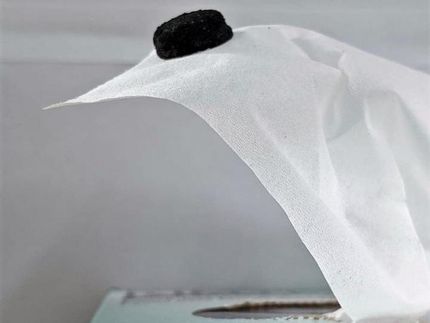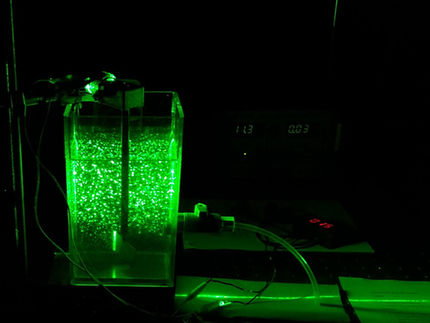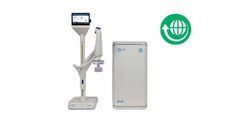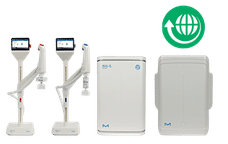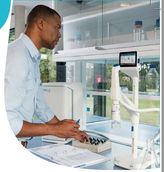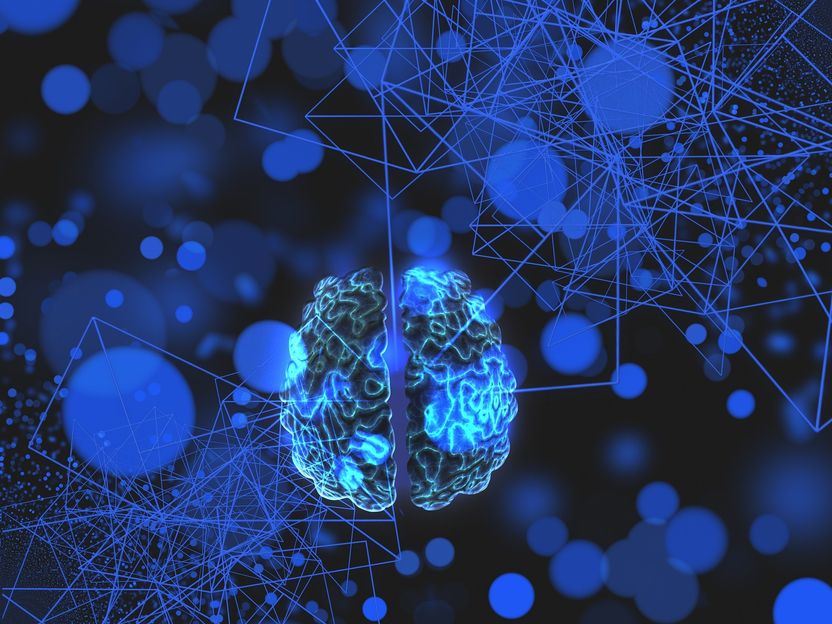High-tech materials purify water with sunlight
Advertisement
Sunlight plus a common titanium pigment might be the secret recipe for ridding pharmaceuticals, pesticides and other potentially harmful pollutants from drinking water. Scientists combined several high-tech components to make an easy-to-use water purifier that could work with the world's most basic form of energy, sunlight, in a boon for water purification in rural areas or developing countries.
Anne Morrissey, Ph.D., explained that the new technology could someday be incorporated into an easy-to-use consumer product that would remove these stubborn pollutants from drinking water as a final step after it has already been treated with conventional methods.
Her group at Dublin City University in Ireland started with a compound called titanium dioxide (TiO2), a powder used to whiten paints, paper, toothpaste, food and other products. With the right energy, TiO2 can also act as a catalyst — a molecule that encourages chemical reactions — breaking down unwanted compounds in drinking water like pesticides and pharmaceuticals. Morrissey explained that modifying current water treatment methods to get rid of these potentially harmful species can be costly and energy-intensive, and often, these modifications don't completely eliminate the pollutants.
But Morrissey said TiO2 is usually only activated by ultraviolet light, which is produced by special bulbs. To access titanium dioxide's properties with the sun's light, Morrissey and her group experimented with different shapes of TiO2 that would better absorb visible light. She found that nanotubes about 1,000 times thinner than a human hair were best, but they couldn't do it on their own.
That's why she turned to graphene, a material made of sheets of carbon just one atom thick. "Graphene is the magic material, but its use for water treatment hasn't been fully developed," she said. "It has great potential." Morrissey put the TiO2 nanotubes on these graphene sheets. Pollutants stuck to the surface of the graphene as they passed by, allowing TiO2 to get close enough to break them down.
Her research group successfully tested the system on diclofenac, an anti-inflammatory drug notorious for wiping out nearly an entire vulture population in India.
"We're looking at using the graphene composite in a cartridge for one-step drinking water treatment," said Morrissey. "You could just buy a cartridge off the shelf and plop it into the pipe where the drinking water comes into your house." The cartridge system would also ensure that the graphene stays immobilized and does its job without contaminating the clean water.
Morrissey noted, however, that the technology will never be strong enough to completely clean drinking water on its own. Rather, she sees it as a polishing step after traditional water treatment processes to mop up the most insidious pollutants.
That could be especially useful in her home country, where she said many rural communities use small water treatment systems that only supply a few dozen homes. Because they don't have the infrastructure that large-scale urban treatment plants do, she thinks that a cartridge that could clean with only the sun's energy could help make their water safer.
Ultimately, Morrissey said there are still many questions to answer before declaring her TiO2-graphene system a success. One of the biggest is making sure that when it breaks down pollutants, it is producing harmless byproducts. She also wants to make sure that the energy required for the system compares favorably to simply using TiO2 with ultraviolet light. But so far, she reported, her design seems to be easier to make and dispose of than other visible-light activated TiO2 purifiers.



